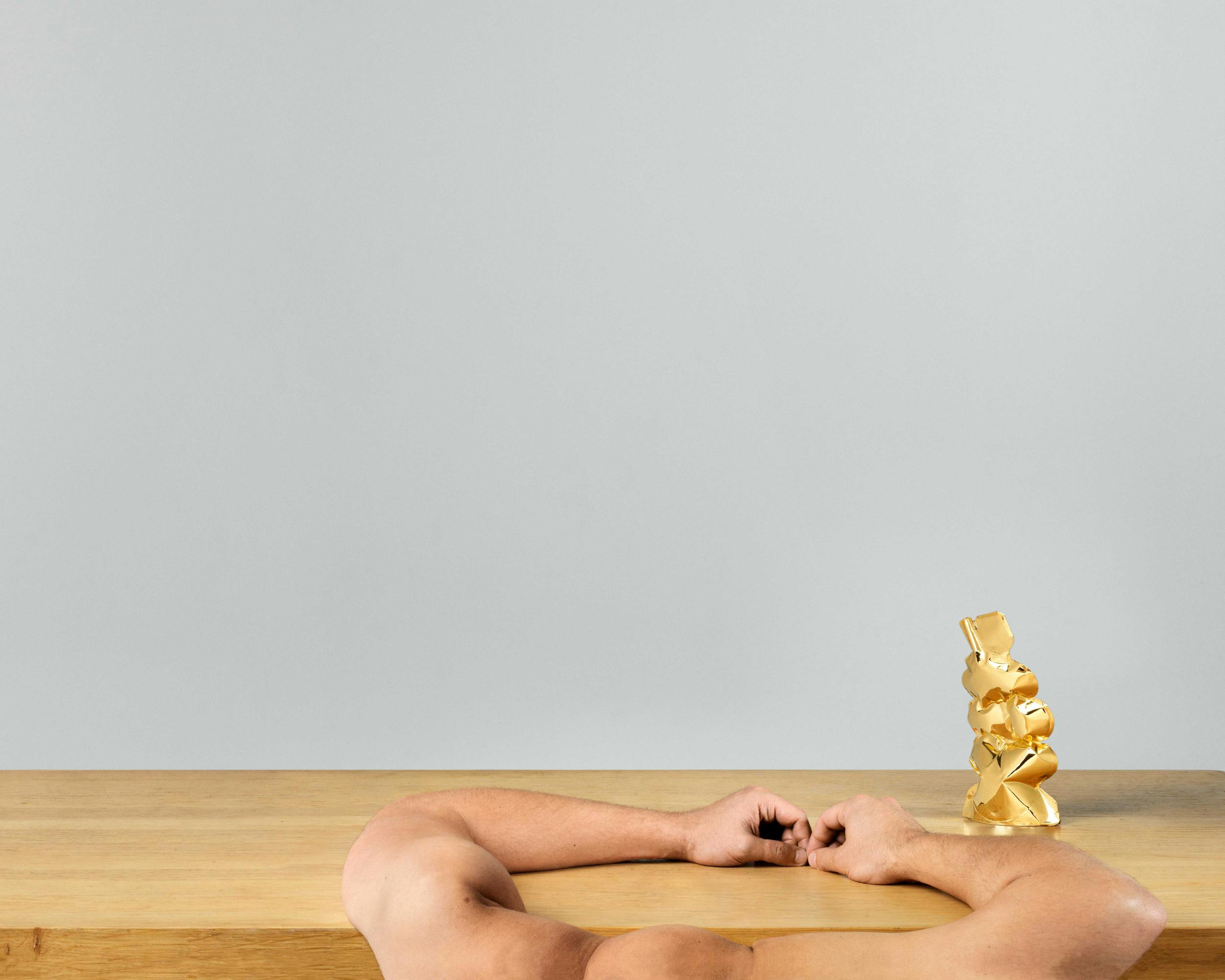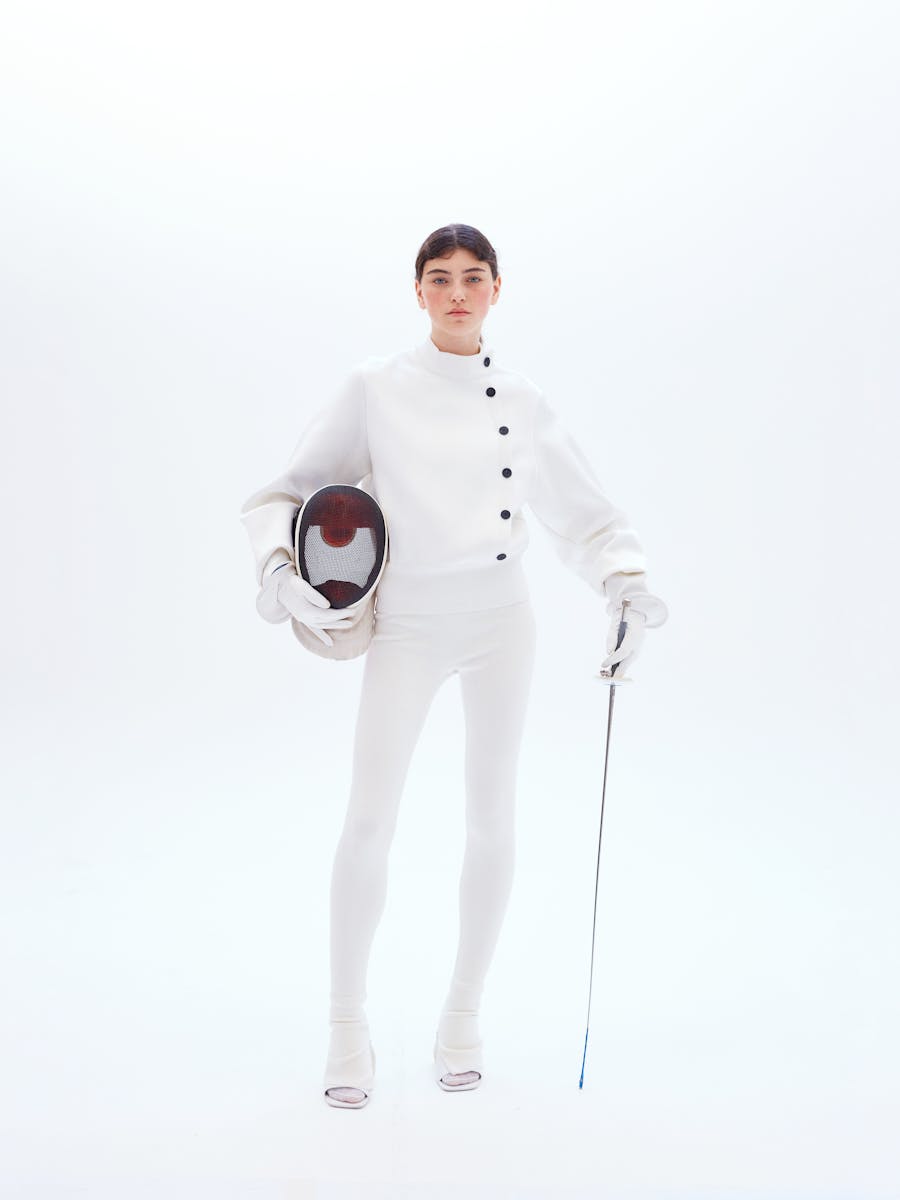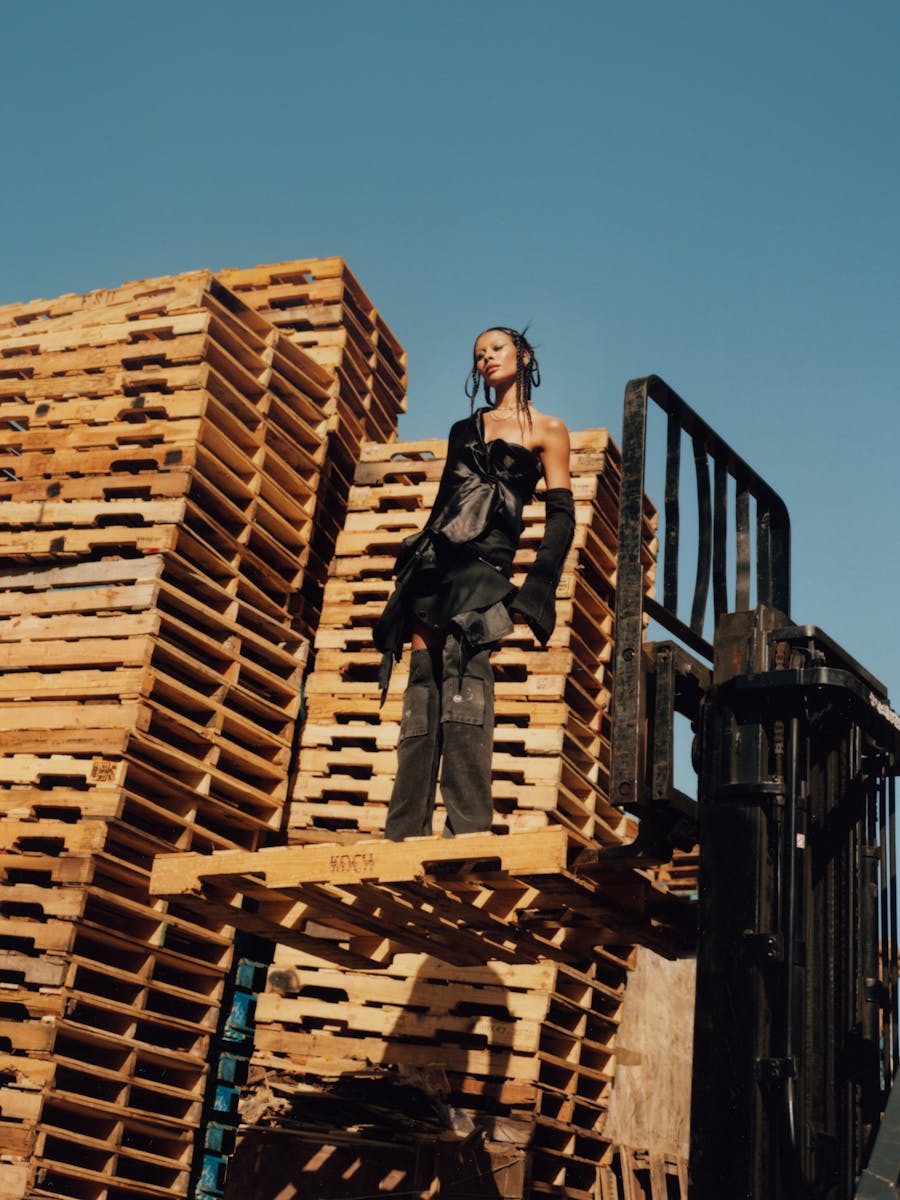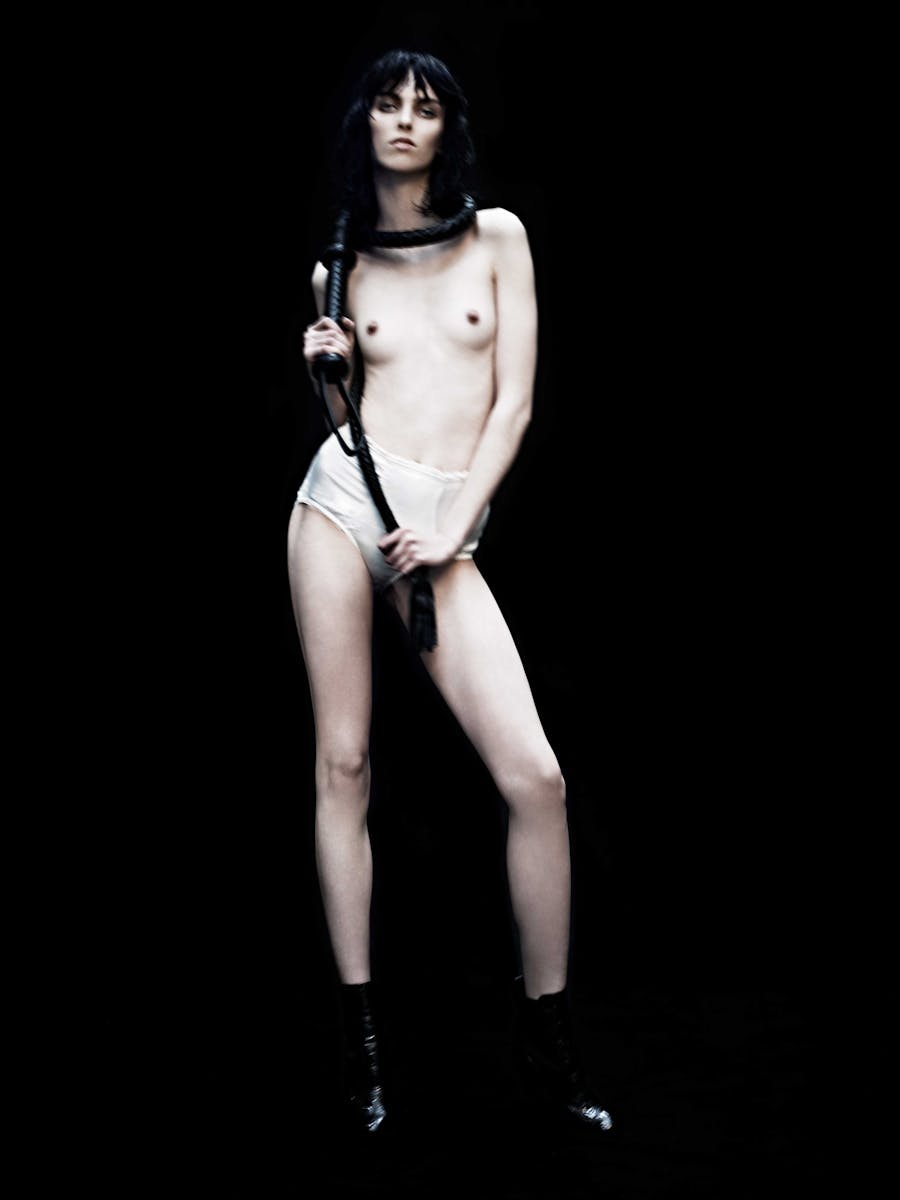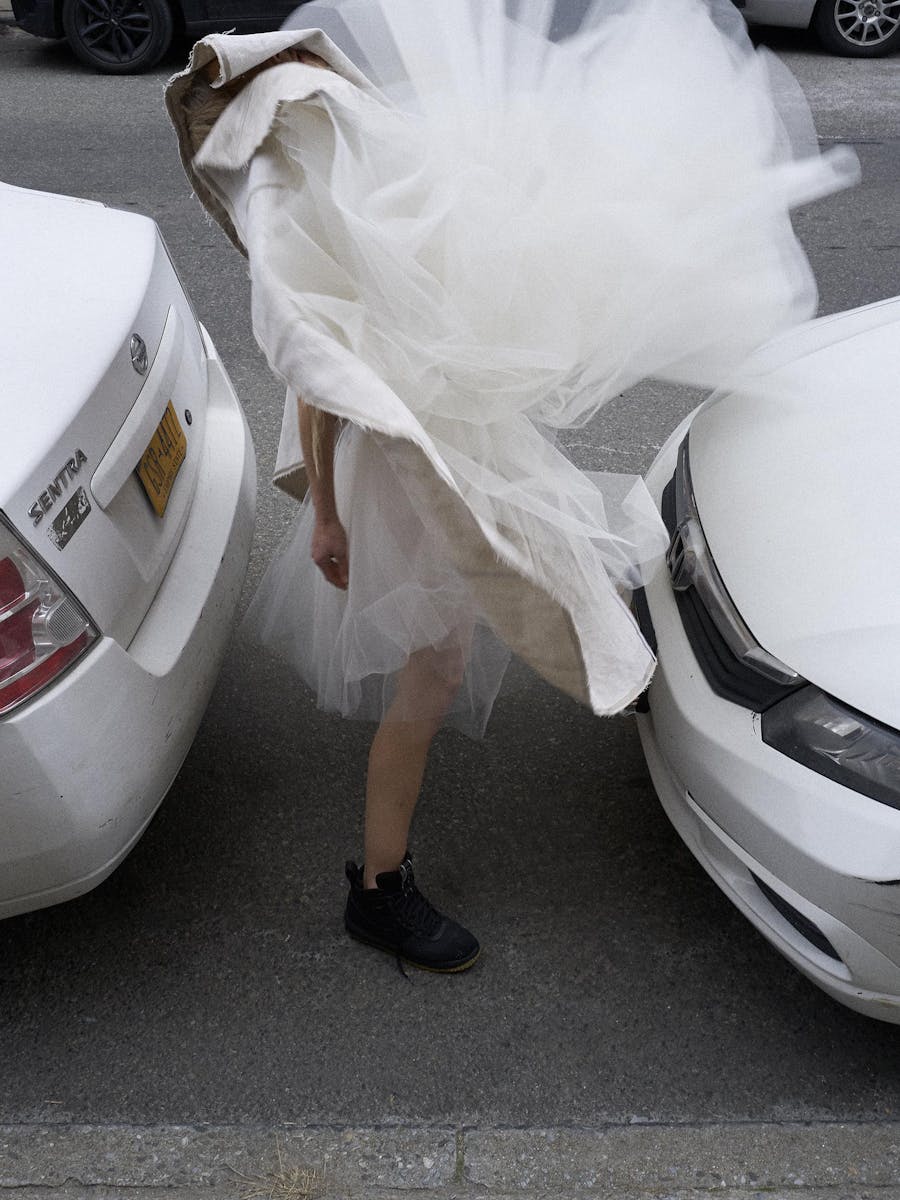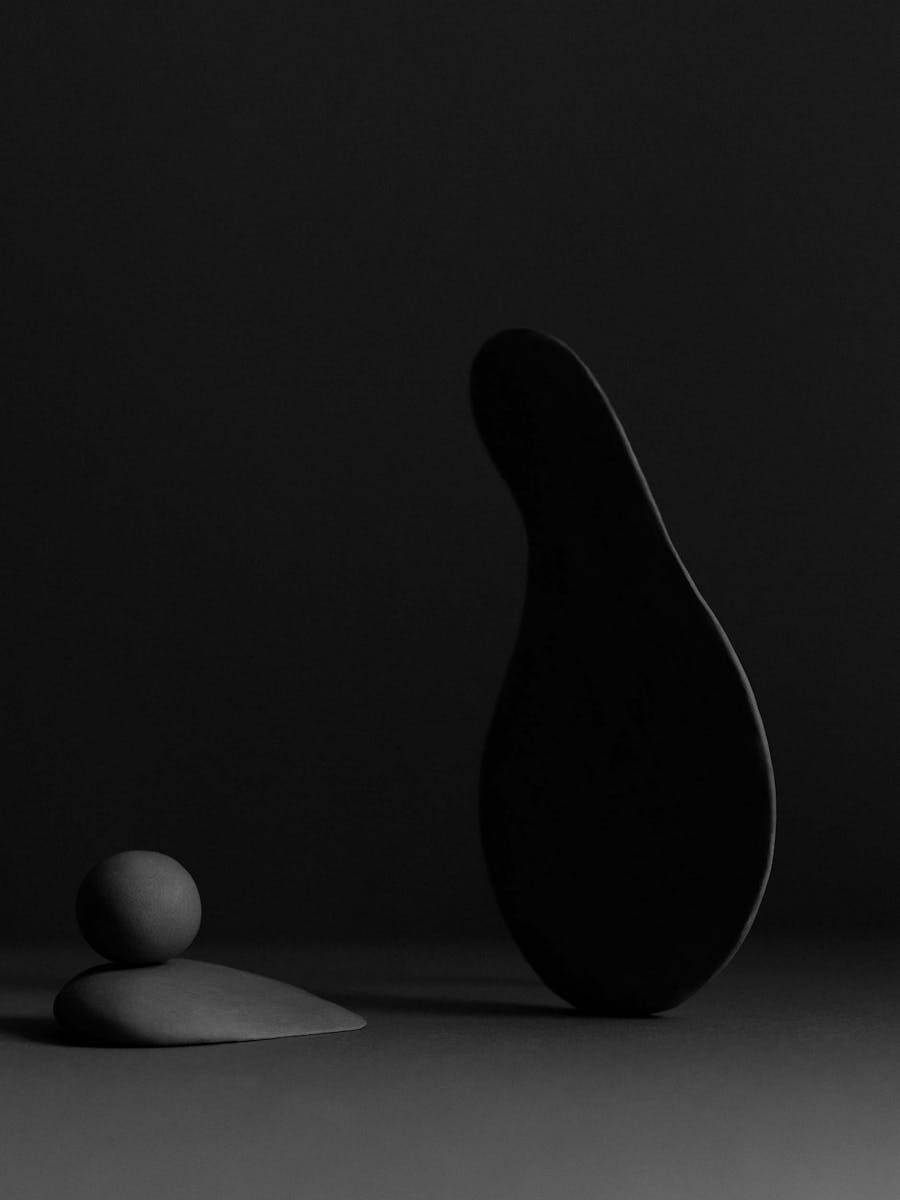We’ve got two stories to tell.
We - Emmanuel Lacoste, Ben Lignel, Nathalie Perret - are not usually so explicit on quantities and objectives, but you may be a visual person, and we are not taking any chances.
Story number one (1) is about the mouth, and our work on and in it. Story number two (2) will outline why this work has to do with the practice of contemporary jewellery, which is worth mentioning, because you know nothing about it (if you do, then we are already on first name basis, et alors bonjour chez toi!). To conclude the formalities: Nathalie’s glass piece was conceived and made in 2007, and never reproduced. Emmanuel’s fine gold tongue is one of a pair: both belong to an edition of 8. Finally, Ben’s refreshment gut was made for this publication, and will probably not have a life outside of its pages.
(1) The 19th century notion of corporeal integrity, premised on the conservation of the body as a whole (one indivisible organism), is rapidly being superseded by the notion of body as Work in Progress: the question is less and less whether your body is intact, pure, but which version you are currently using (and what sort of dressing would you like with it).
The mouth is an exciting organ: such a lot of things and sins happen in it. So let’s simplify, and say that it is a sphincter designed to both intake and expel, and that cultural habit begs us to consider it a door to the inside, a threshold that separates in there from out here. This image has its limitations from a medical point of view (after all, for surgeons, X, not O, still marks the spot), but not for the rest of us. Things that pass our mouth and tongue always show up on the balance sheet of our symbolic exchanges.
Nathalie’s glass vessel expends on the notion of oral transmission and mixes the poetry of a blown kiss with the urgency of a breathing apparatus. The mouth, she says, is the place where we accept the other and give ourselves to them. Just as ambivalent is Emmanuel’s golden tongue, which teases the mind, and cries out: “wear me”, but should put an end to the tongue’s coming and going. Both ‘ornament’ and ‘impediment’, it engages with a long history of objects for the body that constrain and beautify at the same time. Ben’s power drink in a shiny intestine makes manifest the ease with which human organs (mine, yours, that chinaman’s on death row) have become the target of our predatory instincts: how comforting indeed to think that somewhere, out there, is a spare I could use.
This first story is about the accidental encounter, on an oak table, of transformative objects for the body. In that respect, they are not so very different from traditional ornaments.
(2) Humans have variously used ornaments for 3000 years as an excuse to hunt animals, fund military campaigns, seduce or humble fellow mammals. Contemporary jewelry, however, is a relatively new phenomenon - it emerged in Europe and the US during the 1960s - defined to some extent by this paradox: a young field with an extremely old tradition. Its first advocates are designers, sculptors or traditional goldsmiths: they are bored with the canonical use of precious materials and traditional forms, and the post-war atrophy of high street jewellery as a valid carrier of anything other than status.
Although their artistic goals are defined by local tradition and individual backgrounds, the pioneers have in common a mutinous drive to challenge the formal and semantic codes of jewelry: how it looks, the materials it uses, and through them, how its ‘value’ is defined by weight rather than creative input.
Over the next few decades, the practice will progressively branch out from its iconoclastic roots, and formulate the lines of investigation that continue to define it today: the history of ornaments (and its sociological pendant: ornamentation), the body (both as carrier and product), and finally the practice itself, coming under the deconstructive scrutiny of its actors. Of particular interest are the field’s mixed origins (craft, art, design) and the ambivalent status of what it produces: a class of objects that are non-functional yet body-related, poised between the social and the intimate.
This second story suggest that our ambition is to use what is singular about contemporary craft, to contribute to, and question, contemporary culture. Is that similar to making traditional ornaments? Who knows? Who cares!
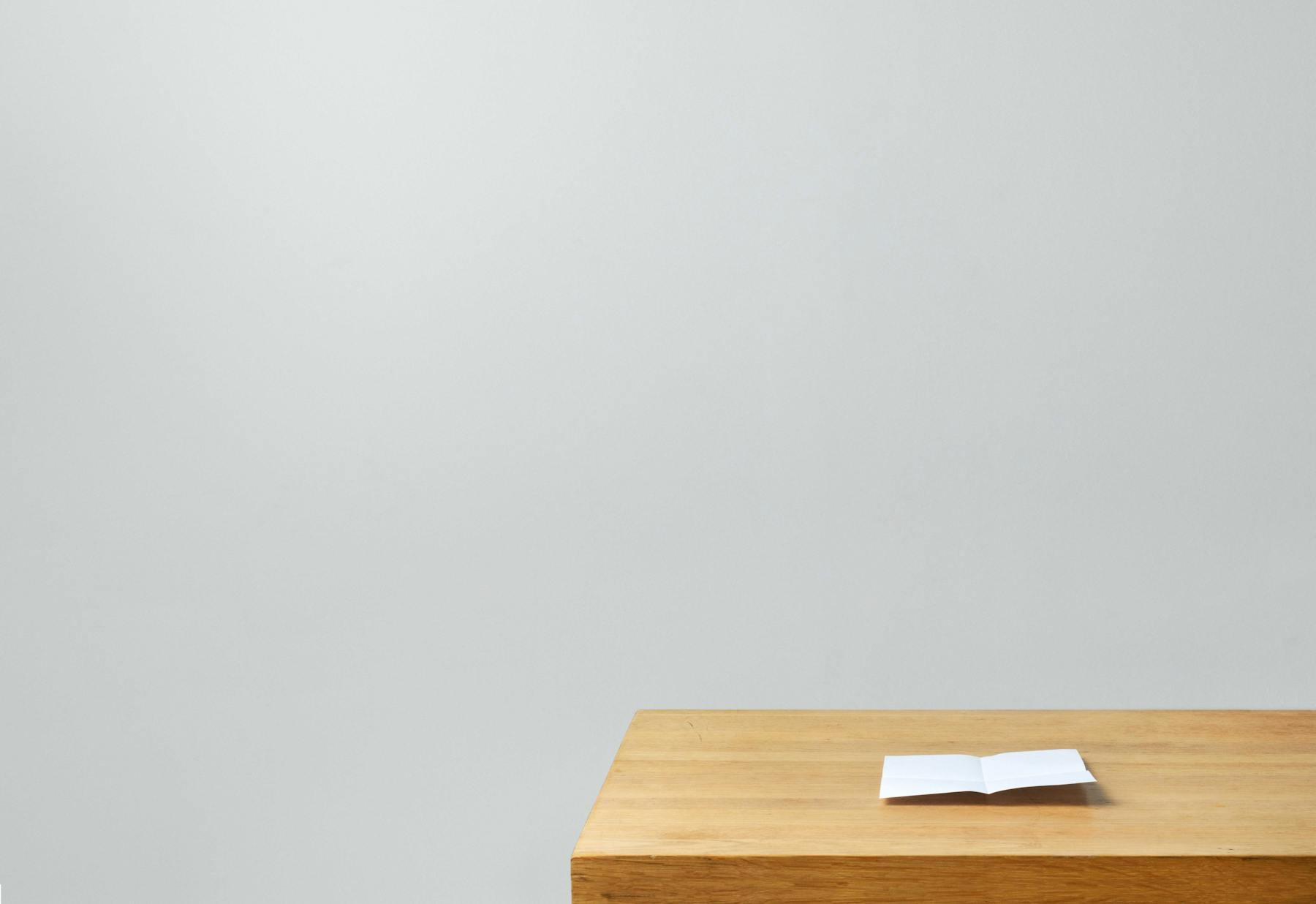
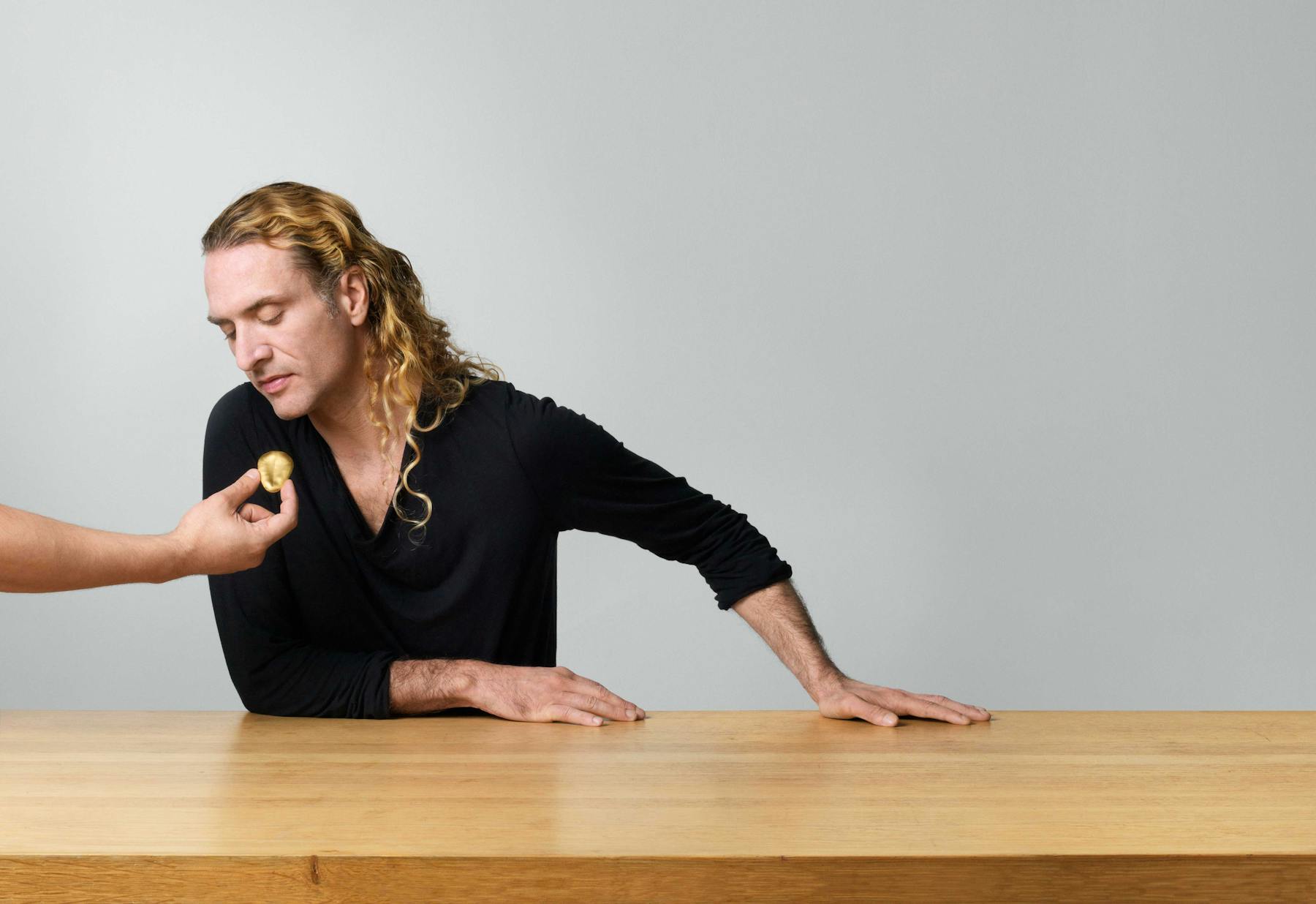
EMMANUEL LACOSTE, Tongue, 2006
Fine gold. Limited edition of 8, plus 3 A.P.
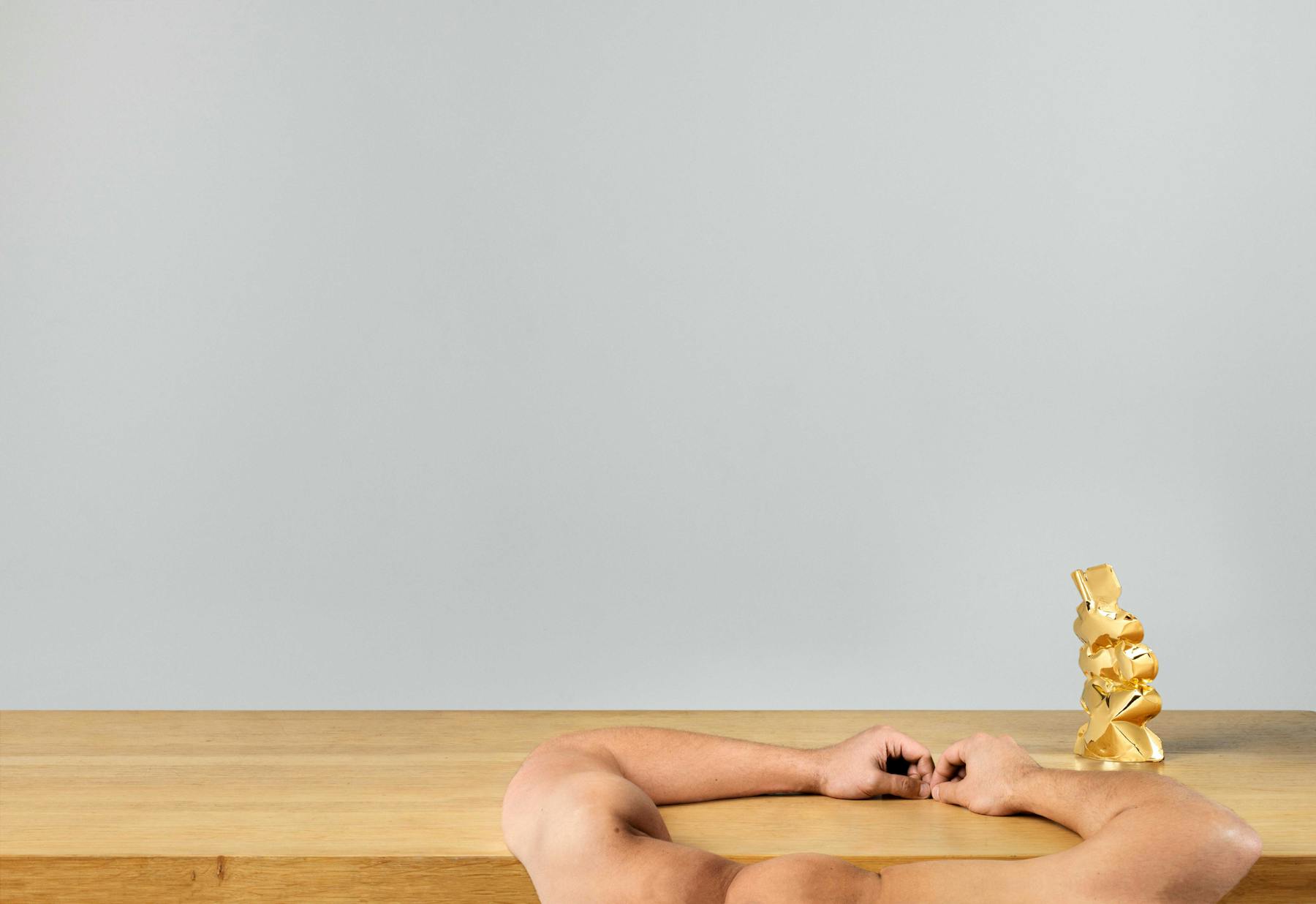
BENJAMIN LIGNEL, Supplement (gut), 2010
Tin, copper, silver, gold, glue, air

NATHALIE PERRET, N/T, 2007
Glass, rubber
